An impressive business website is a necessity today. It can not only help you legitimize your business to potential customers but can also boost your brand’s visibility online.
But, that’s not enough:
You need to understand that it is equally important to ensure that you design and develop a user-friendly, fully-functional, and visually appealing site. A poor website design can turn your visitors away, increase your bounce rate, and hurt your SEO efforts.
On the other hand, a clean layout can help you engage more visitors and reduce their chances of bouncing. Happy visitors are likely to spend more time on your site, explore your products and services, and convert.
In order to ensure that your business site aligns with your SEO and conversion goals, there are some design elements you should strictly avoid:
Table of Contents
What Elements Should You Avoid When Designing a Website?
1. Little to No Content
There’s no substitute for great content. That’s why high-quality, easy-to-read content is one of the most essential website design elements that can either make or break your SEO efforts.
If you want to rank well in the SERPs, you should consistently create and publish authentic content that provides value to your readers. At the same time, you should ensure that the content is presented well.
Do you want more people to engage with your content?
Then avoid:
- Fonts that are difficult to read
- Long paragraphs and sentences
- Paragraphs in all caps, bold, or italic
- Font colors that decrease readability
2. Excessive Use of CSS and JavaScript
You can spice up your site using scripts and third-party add-ons. However, if you use too many of these website design elements, they can significantly increase the loading time of your web pages.
Consumers today have no patience for a page that takes too long to load. In fact, 53% of users are likely to abandon a mobile site that takes longer than 3 seconds to load.
You should avoid excessive use of CSS and JavaScript to increase your page load speed, reduce bounce rates, and improve search results rankings.
3. Tiny Font Size
Nobody wants to squint while reading your page. Having a small font size can reduce readability and result in low conversions. This was clearly seen in the case of Numara Software. The company received a 133 percent improvement in their conversions by increasing their font from 10 pt to 13 pt.
4. Dynamic Websites
Dynamic sites may be a great way to create an interactive interface for users, but they aren’t the best choice for SEO.
Why is this?
It’s challenging to optimize these pages for search engines. Certain website design elements can cause problems with crawling. For instance, long, non-keyword rich, constantly changing URLs are difficult to index.
5. Wrong Color Choice
The colors you select can significantly affect your conversion rates. A simple color scheme change can draw in more traffic. Orange, yellow, and brown are usually the least desirable colors. Healthcare app, CareLogger, changed the button color from green to red. This quick makeover resulted in a 34 percent increase in landing page conversions.
6. Flash Elements
Although Flash can be visually pleasing, too much of these complex website design elements can be bad for your SEO. Avoid making Flash an essential part of site usability because this can negatively affect usability. As a result, the page ranking could seriously flounder on Google.
7. Overused Stock Images
You’ve probably come across stock images that are used in thousands of different sites. Although stock images are convenient, they don’t necessarily help your site. According to a study conducted by Visual Website Optimizer, real images outperform stock images with a 161 percent increase in conversions.
8. “Hidden” Contact Information
Of course, everyone knows you must have contact information on the site.
But, is yours hidden?
Hiding your contact information could spell trouble.
Your address, phone number, email, and other contact information should be easy for users to locate. This helps with building customer trust. Making certain your site contacts are easily available can bring up your search engine rankings too.
9. Slow-Loading Page
How fast does your page load?
Page speed plays a pivotal role in site usability and search engine optimization. If your site loads slowly, users may simply click to a different site. Then, they’ll miss out on your excellent content and products or services. A delay of one second can reduce your conversions by seven percent!
10. Too Many Images
Images certainly draw in attention, but they must be chosen sparingly enough to not confuse site visitors. In relation to the previous point, too many images and visual website design elements can also slow your site down. Pages that are heavily filled with pictures and graphics usually have lower rankings.
12. Large Header Image
You might mistakenly feel that a prominent header image is attractive and builds better site design.
However, this isn’t really the case.
Very large header images detract from content and slow down page loads. This can cause higher bounce rates that negatively affect your SEO.
13. Improper Error Page
404 errors are bad for your conversions. It can be even worse for SEO if you fail to take action on these pages. I recommend that you improve user experience by coming up with a fun, humorous 404 error page. Always include a link to the homepage and the previous page because this can save your conversion rate.
14. HTML Frames
Although HTML frames are useful for dividing content on a page, they can damage your SEO too. These frames prevent search engines from indexing and crawling the site properly. Try to avoid using them if possible. Otherwise, switch to alternative website design elements like CSS and PHP.
15. Infinite Scroll
Infinite scroll may work for sites like Facebook for delivering linear information in a never-ending story. Yet, this type of website design element isn’t the best choice for most sites. In addition to overloading users with information, infinite scroll is a heavy element that makes page loads lag.
16. Auto-Play Features
Letting videos, audio, or animation play automatically on your site can be distracting for visitors. How would you feel if you have to scramble to find the source of blaring audio that starts playing when you open a site. Auto-play features result in bad user experiences and thus lower conversion rates.
17. Auto-Sliders
Along the same lines, auto-sliders likely aren’t the best addition to your site. Internet users like being in control, so using this feature could easily kill your conversions. According to a test on the Notre Dame University site, autostart image sliders or carousels aren’t effective for conversions. In fact, only the first slide received some interaction (approximately one percent).
18. Banner Ads and Promo Boxes
Is your site splattered with banner ads and promo boxes?
Well, it’s time to remove them
Splattering your site with banner ads and promo boxes isn’t a smart move. These website design elements take up valuable real estate and could put you at risk for Google penalties. Your aim should be to focus visitors on your content so that they stay awhile and make conversions.
19. Intrusive Pop-Ups
Any kind of pop-up can kill your search engine ranking and conversion rates. Visitors don’t like ads and offers shoved in their faces.
But can pop-ups help increase sales?
Possibly. But there is a better way to do it:
Instead, opt for light-box pop-ups to get users to subscribe or register. In the case of food craft blogger Nikki McGonigal, this improved conversions. She received over 7,000 additional subscribers over eight months with this method.
20. Site Redirects
Site redirects help in retaining extra online traffic, but they can do more harm than good if they’re set up incorrectly. For example, the page you’re redirecting to may skip the indexing process, which will negatively impact search engine rankings. Opt for 301 redirects for SEO-friendly results.
21. Content Management Systems
Content management systems can be useful tools for managing the content on your site. But, many of them aren’t equipped with the website design elements necessary for SEO markup. This can be bad for rankings.
22. Large Files/Long Download Times
Are the files on your site too large?
Bad news, they’ll take longer to download. Having to wait endlessly for downloads will end up frustrating users. Smaller file sizes not only improve user experience but also help in the indexing and crawling process for good SEO.
23. Replacing Important Elements with Images
Images, when used properly, can optimize your page.
However, avoid replacing important website design elements and content with images. If visuals are used as a primary form of navigation, search engines may treat them without realizing their functional meaning. This can significantly damage your ranking.
24. Missing Breadcrumbs
How easily can users navigate your site?
Don’t ignore the importance of leaving behind an easy-to-follow trail of breadcrumbs. It’s crucial for making your site more user-friendly. Also, breadcrumbs help search engines determine your site’s navigational structure for better indexing.
25. Improper Video Embedding
You’ll only be able to engage your audience using video content if it’s properly embedded. Excessive video content won’t be the best way to optimize your site for search engines. This is especially true when you use custom Java media players, which Google can’t read.
26. Geo-Redirection
Automatic geo-redirection is usually implemented by multi-language sites catering to different countries or regions. It can actually hurt your SEO though because it redirects away from the homepage. Try to get users to manually pick their locations instead.
27. Improper Heading Tags
A heading tag is an excellent way to visually emphasize your content.
Did you know that heading tags also impact your SEO?
Properly using H tags optimizes your content for search engines.
28. All-Javascript Site
You’ve read earlier about how too much JavaScript can cause poor SEO and conversions. Some people take it even further by building an all-Javascript site. This will be next to impossible for search engines to index and crawl. Steer clear of too much JavaScript for keeping your rankings intact.
29. Boring Design
Nobody likes going through a page that’s dull and lifeless. Whether it’s in your usage of color, font, or content, always try to engage users by opting for lively website design elements. Pulse Agency helped improve the search engine ranking for a local upholsterer that previously had an all-Java site. The client’s domain authority increased from one to 16.
30. New Windows for Outbound Links
Most users find pop-ups annoying, so it’s only natural that users will be turned off when new windows open for every outbound link on your site. Tabs exist for a good reason. Make use of them to create better user experience and conversions.
Ready to Improve Your Conversions and SEO?
Your business site represents your brand online. This makes it crucial for you to design and develop a site that helps you build a good impression of your business.
If you want to reach, attract, and engage more people with your site, you should avoid the website design elements mentioned above. Avoiding them can help you provide a better user experience, improve search results rankings, and encourage conversions.
Would you like to suggest any more website design elements to avoid? Please mention them in the comments below.


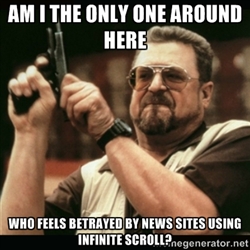
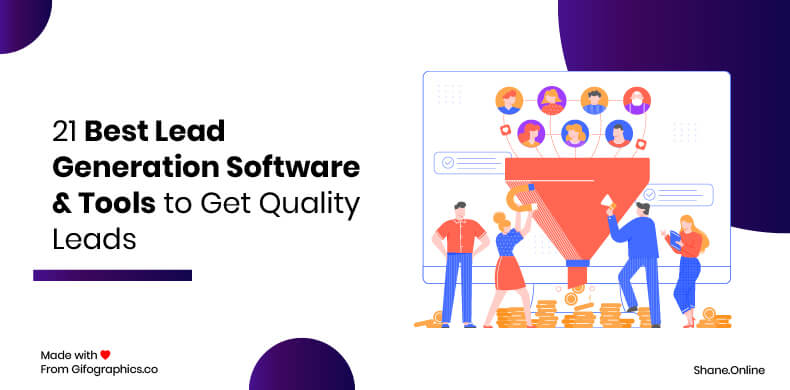
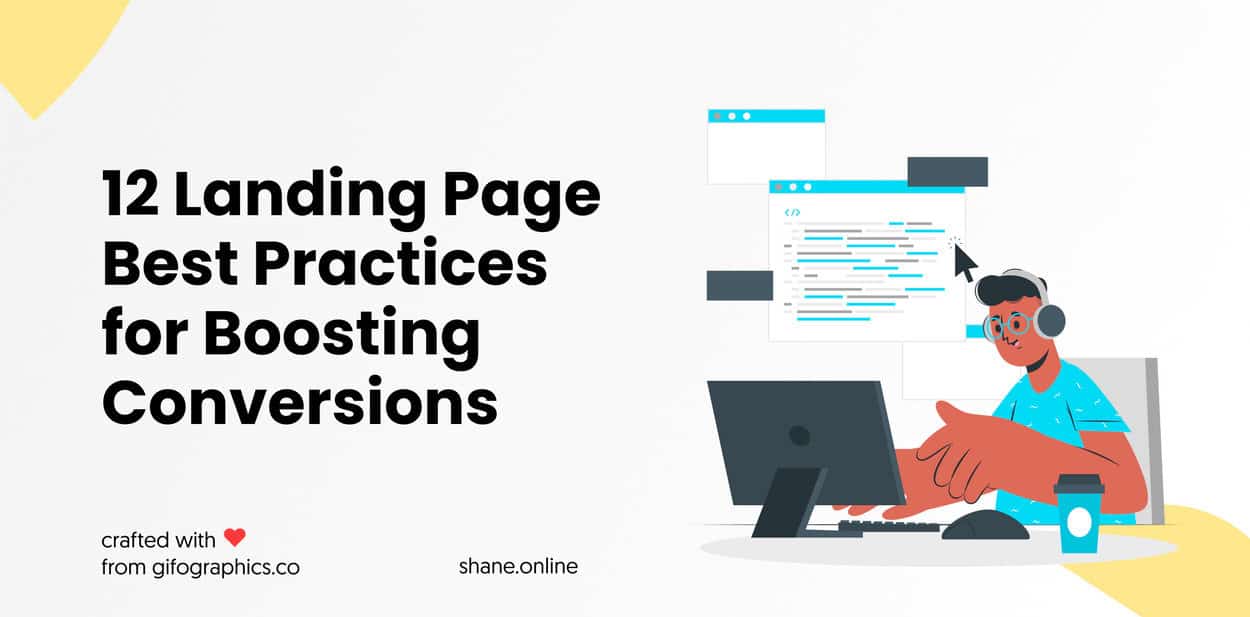
![41 best tools for building a profitable sales funnel in [year] 7 41 best tools for building a profitable sales funnel in 2021](https://shanebarker.com/wp-content/uploads/2020/08/41-Best-Tools-for-Building-a-Profitable-Sales-Funnel-in-2021.jpg)
![top 37 cro tools (free & paid) you need to try in [year] 8 top 37 cro tools (free & paid) you need to try](https://shanebarker.com/wp-content/uploads/2018/02/Top-37-CRO-Tools-Free-_-Paid-You-Need-to-Try.jpg)

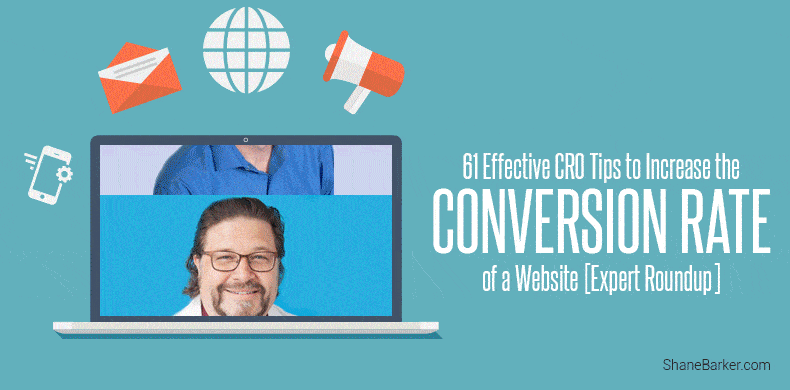
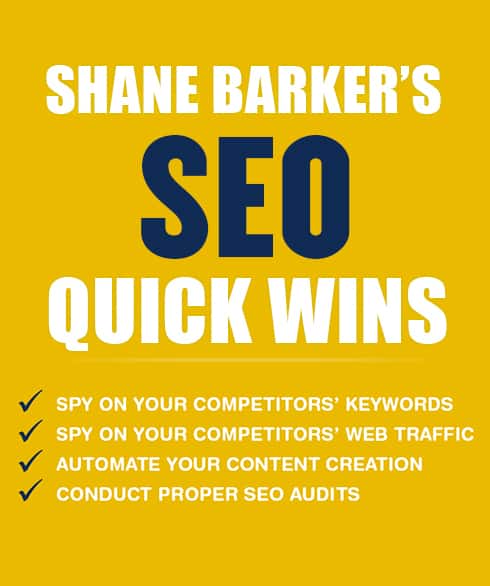
This is some great information. I just love the look of your site – it is so much easier to take marketing advice from people who have perfect websites. Tiny font size has always puzzled me on website, I am so glad someone else has finally pointed it out! When you are talking about HTML frames being detrimental, does that include the new HTML5 framework?
Thanks
Hey Nicole! Yes tiny fonts suck! And no HTML5 Framework is all good. 😉
Great read, and very interesting information. Another great tool for ensuring conversions are never lost is conversionlocker.com, which allows webmasters and website owners the freedom of knowing their contact forms are fully functioning 24/7. I think this could be a great tool for others to use.
Thanks for sharing Landon, I’ll have to check them out. 😉
User experience is one of most important parts of SEO and you have presented very well about all the tips for taking care of SEO while web designing.
Very comprehensive and useful list indeed.
This is a nice article. I like it very much.